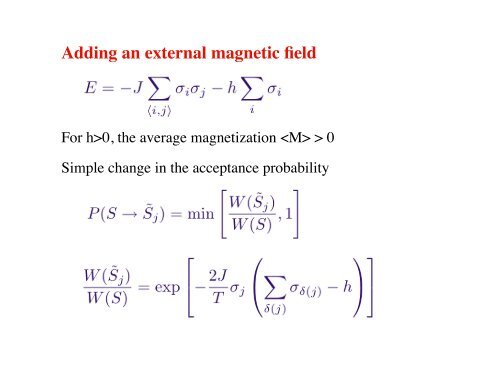

#TIME DEPENDENT SCHRODINGER EQUATION TRIAL#
The energy quantization for the system becomes,įinally, the last item the time dependent Schrödinger equation depends on is C n, the expansion coefficient that changes the probability amplitude. In this paper, a trial function method is employed to find exact solutions to the nonlinear Schrödinger equations with high-order time-dependent coefficients. Again, the energy Eigen-state wave function need to be normalized and the following equation is derived,ĭiscrete quantized wave vectors are required to solve the Time-Dependent equation, ψ(x, t). Now, the energy Eigen-state wave functions are then found. The first step is to normalize the wave function given by the equation below, The initial ψ(x, 0) is generated by a complex gaussian wave packet. Time Dependent Equation for Particle in an Infinite Square Well case There are two equations which are time-dependent Schrödinger equation and a time-independent Schrödinger equation. A trivial example: choose the wave function to be a ga. You are supposed to select the wave function at some initial time and then use the equation to see how the wave function evolves. Moreover, the equation makes use of the energy conservation concept that offers details about the behaviour of an electron that is attached to the nucleus.īesides, by calculating the Schrödinger equation we obtain Ψ and Ψ2 which helps us determine the quantum numbers as well as the orientations and the shape of orbitals where electrons are found in a molecule or an atom. Answer (1 of 2): The time dependent SE describes the evolution of a general wave function as a function of time. Jacobi routes to Schrodingers wave equation. The equation also describes how these waves are influenced by external factors. The time dependent Schrodinger equation revisited I: quantum field and classical Hamilton. Schrodinger equation gives us a detailed account of the form of the wave functions or probability waves that control the motion of some smaller particles. It is based on three considerations which are listed below: Schrodinger wave equation is a mathematical expression describing the energy and position of the electron in space and time, taking into account the matter wave nature of the electron inside an atom.

Importance of Schrödinger’s Wave Equation
#TIME DEPENDENT SCHRODINGER EQUATION CODE#
Of course, any such method will always have a number of disadvantages, so I would like to hear about those.Schrodinger’s Time Dependent Wave Equation SimulationĪ Python code to simulate Schrodinger’s Time Dependent Wave Equation Simulation for Particle in a Box (1D).

If the method can take a time-dependent potential then that's definitely a bonus. However, I would be interested in pseudo-spectral methods which use B-splines or whatnot. I would also like to steer relatively clear of spectral methods, and particularly of methods which are little more than solving the time-independent Schrödinger equation as usual. In fact, the general form of the Schrodinger Equation is known as the Time-Dependent Schrodinger Equation (TDSE): 2 2m 2(x,t) x2 +U(x,t)(x,t)i x,t) t. are simple to implement, or have easily accessible code-library implementations,.I am therefore looking for algorithms which Solved Time dependent Schrodinger equation in shorter form.

I would like to run some simple simulations of scattering of wavepackets off of simple potentials in one dimension.Īre there simple ways to numerically solve the one-dimensional TDSE for a single particle? I know that, in general, trying to use naïve approaches to integrate partial differential equations can quickly end in disaster.


 0 kommentar(er)
0 kommentar(er)
